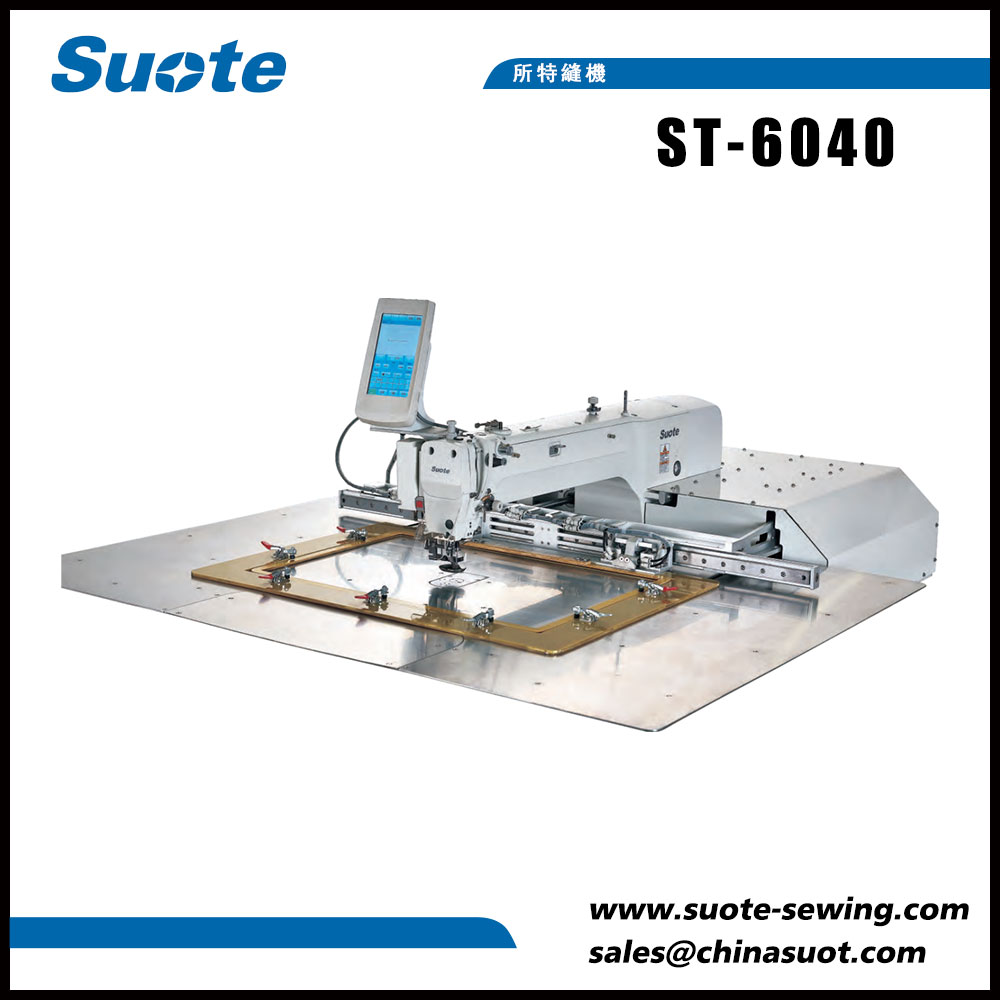What types of materials can be used with a pattern sewing machine?
2024-09-27

What types of materials can be handled by pattern sewing machines?
Pattern sewing machines can sew a wide range of fabrics, including cotton, linen, polyester, silk, wool, denim, leather, and synthetic blends. The machine's efficiency can be maximized if the material is thin to medium weight, which is commonly used in the clothing industry. The fabric must also be properly prepared before it is fed into the machine.What are the benefits of using pattern sewing machines?
There are many benefits to using pattern sewing machines, including: - Increased productivity: Pattern sewing machines can sew faster than traditional machines, which reduces production time and increases output. - Accuracy: The machine's computerized interface ensures that patterns are sewn with high precision. - Customization: The software can be programmed with multiple patterns, allowing for increased flexibility in design. - Consistency: The machine can produce multiple identical patterns with ease, ensuring that all products are consistent in quality and appearance.What are the popular patterns used in the garment industry?
The garment industry uses a variety of patterns for different types of clothing, here are some common patterns: - Pockets: Used in pants, shirts, and jackets. - Hemlines: Determines the length of the garment. - Zippers: Used in pants, jackets, and bags. - Collars: Used in shirts and jackets. - Embroidery: Adds decorative designs to clothing. In conclusion, pattern sewing machines are essential tools in the garment industry. They streamline the manufacturing process, increase productivity, and reduce labor costs. If you are looking to start a fashion brand or improve an existing one, investing in a pattern sewing machine is a wise choice.Zhejiang Suote Sewing Machine Mechanism Co.,Ltd is a leading manufacturer of industrial sewing machines in China. With over 20 years of experience in the industry, the company has developed a reputation for quality and reliability. They offer a wide range of sewing machines, including pattern sewing machines, and provide exceptional after-sales service. To learn more about their products, please visit their website: https://www.suote-sewing.com or email them at sales@chinasuot.com.
10 Scientific Papers on Pattern Sewing Machines
1. D. Kim and S. Lee (2018). "Development of a pattern sewing machine for fashion industry," Journal of Fashion Marketing and Management, Vol. 22, No. 4, pp. 503-517.
2. S. Wang and Y. Li (2016). "A computerized pattern sewing machine for industrial applications," International Journal of Clothing Science and Technology, Vol. 28, No. 6, pp. 874-888.
3. J. Park and K. Kim (2015). "A study on the design of user interface for a pattern sewing machine," Journal of the Korean Society of Clothing and Textiles, Vol. 39, No. 8, pp. 1301-1310.
4. S. Liu and Y. Wang (2014). "Optimization of stitching parameters for a pattern sewing machine using a Taguchi method," Journal of Industrial Textiles, Vol. 43, No. 3, pp. 268-283.
5. Y. Chen, Y. Sang, and H. Zhao (2013). "Research on application of step motor in pattern sewing machine," Procedia Engineering, Vol. 52, pp. 73-77.
6. K. Choi and J. Kim (2012). "Design of an embedded system for a pattern sewing machine," Journal of the Korean Society of Precision Engineering, Vol. 29, No. 1, pp. 30-35.
7. H. Zhang and J. Guo (2011). "The structural design andparameter optimization of a pattern sewing machine," Proceedings of the 2011 International Conference on Mechanical Engineering and Technology, pp. 436-441.
8. J. Kim and Y. Kim (2010). "A study on the automated operation of a pattern sewing machine using image processing technology," Journal of the Korean Society of Clothing and Textiles, Vol. 34, No. 6, pp. 895-906.
9. Y. Zeng and C. Zhang (2009). "A study on the active control of thread tension in a pattern sewing machine," International Journal of Advanced Manufacturing Technology, Vol. 44, No. 5, pp. 462-470.
10. Y. Hu, J. Liu, and Y. Liu (2008). "Research on the structure of a pattern sewing machine based on needle pressure regulation," Chinese Journal of Mechanical Engineering, Vol. 21, No. 6, pp. 89-94.






